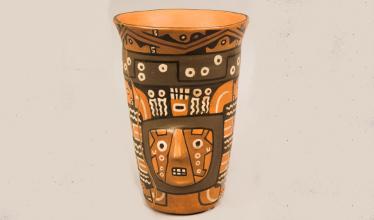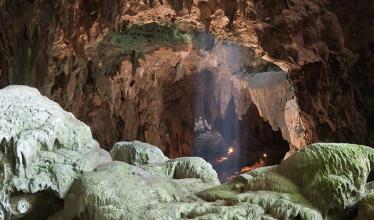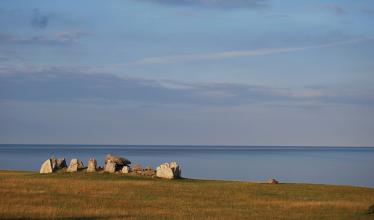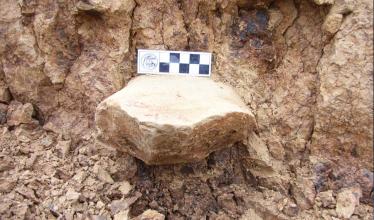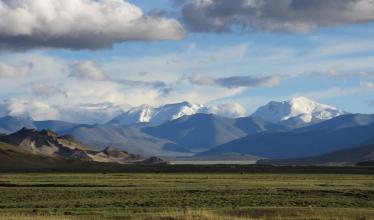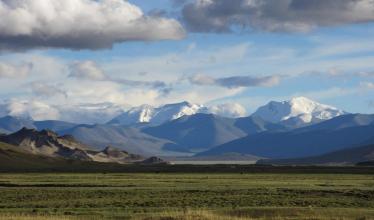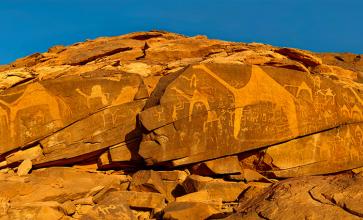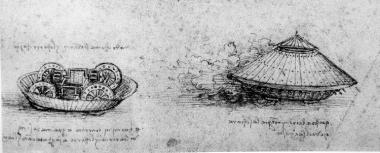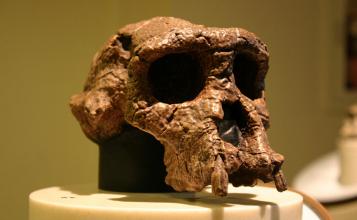Archaeology
Drought-tolerant ingredients and local sourcing of brewing containers meant the beer could flow even in tough times.
Fossils from 50,000-67,000 years ago represent Homo luzonensis, discovered in a cave on the island of Luzon.
New tools are creating a trend in archaeology research: excavation without digging.
Analysis of trash mounds shows how a regional hub collapsed after the onset of the Late Antiquity Little Ice Age.
New research suggests the idea of stone megaliths was spread by a mysterious seafaring culture from northwest France.
Chemical analysis shows presence of what was probably a primitive embalming fluid.
Artifacts suggest that an extinct human species left Africa about 250,000 years earlier than previously thought.
Archaeological sites inside Florida Air Force bases are threatened by foraging pigs.
Reanalyzed foot and handprints may date to thousands of years before many thought the roof of the world was settled.
Scientists use animal images to study the region's environmental history.
The head's structure may not explain as much about an animal's posture as long believed.

